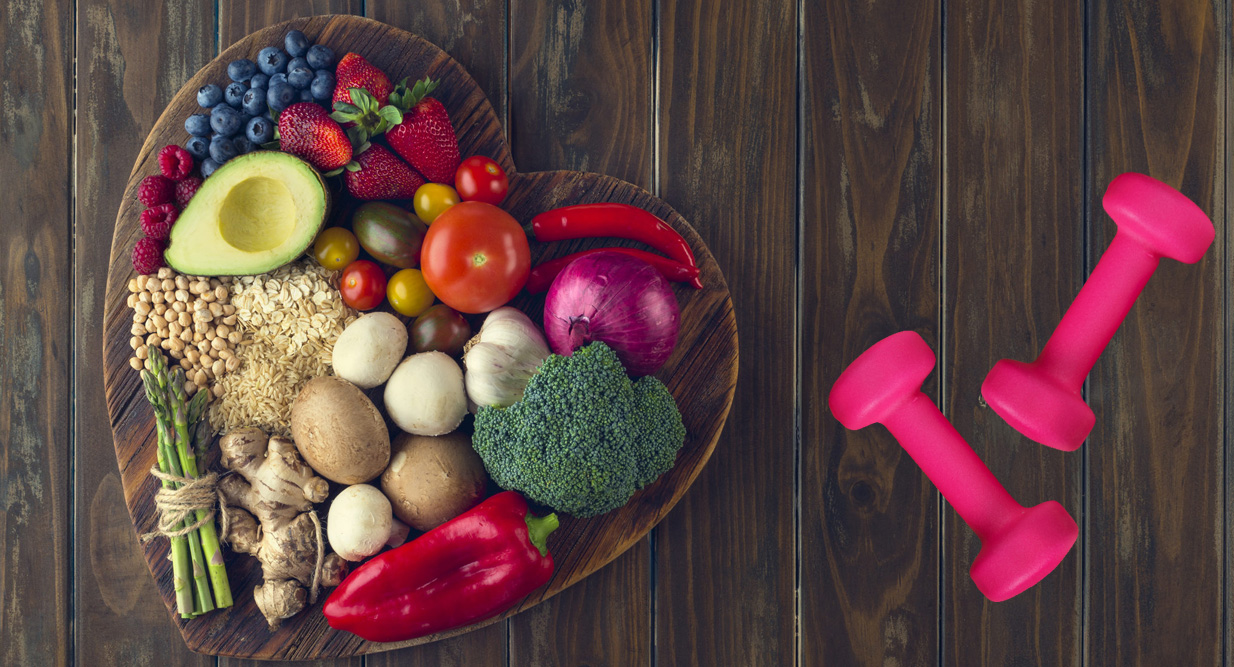
We have all heard of the phrase ‘energy can neither be created nor destroyed.’ So how does food provide energy? In this short article, let’s explore what energy is, in relation to food, its measurement in joules to calories, and finally, what is weight gain or weight loss, which is the theory of energy balance.

The source of almost all energy on earth is the Sun. Plants use photosynthesis to convert sunlight energy into chemical energy, which they store as carbohydrates, proteins, or fats. When animals eat the plants, the body metabolizes or ‘burns’ the food to release the energy into movement/ sound/ heat/ electrical signals -all our body processes. Therefore, without energy, those processes would not occur. But what happens if you consume more energy than you need? Well, it gets stored as fat, due to the fact that energy cannot be destroyed.
In physics, energy, regardless of its form, i.e., movement is measured in joules, at times converted to kilojoules for ease. An apparatus called a “Bomb Calorimeter” is used to determine how much energy is in a particular food. This is done by placing the food sample inside the apparatus, the starting temperature is measured, and food is set alight. After the food finishes burning, the change in temperature is measured, then finally, using an equation value, is given in joules, which represents its stored energy. Manufacturers use this method, with many samples to provide average values on the packaging as caloric information; but it’s important to note that sometimes, you might be eating slightly more or less energy-dense food than advertised!

Packaged foods tend to present caloric information as calories (kilocalories or kcal) rather than in (kilo)joules. Joules is a metric unit of calories. To convert between the two, you need to multiply kilocalories by 4.2 to get the kilojoule value. For example, an average apple contains 72 kilocalories, which is roughly around 300 kilojoules. Thus, all food provides the energy that can be measured or quantified as calories/kilojoules. On average, both 1g of carbohydrate and protein have 4kcal, and fat has 9kcal.

To live a moderately active lifestyle, an average man needs around 2,500 kilocalories and an average woman needs around 2000 kilocalories. These figures change with many factors, including age, height, weight, illness, and physical activity. When we move more, more energy is required to get converted for movement, and this can come from 2 sources: by eating or by using our energy stored generally as fat. If we allow conversion of fat stores, over time, we will lose weight.
Thus, energy balance is the relationship between energy input and energy output, as energy can never be created or destroyed!

In summary, any diet can aid in helping you to lose weight like a 5:2 diet, keto, or paleo if the energy balance is in deficit; at times, it just changes the ratio of your carbohydrates to protein, which may not result in weight loss. The bottom line is as long as the calories consumed are fewer than calories used, there will be weight loss. So, don’t feel guilty about having that extra piece of cake or that gulab jamun. To burn those extra calories, you may just have to reduce the food intake at your next meal or you may need to increase your activity levels. This process can be made simple by logging your food intake in the useful health and fitness app HEALTH CLICK AWAY. This will help you track the calories consumed, so that it’s easier to achieve your intended energy balance. But remember, it’s not just about calories, it’s also essential to stay healthy a and to eat a balanced diet and.



